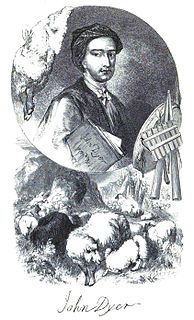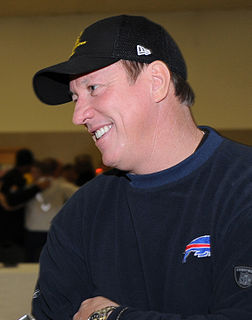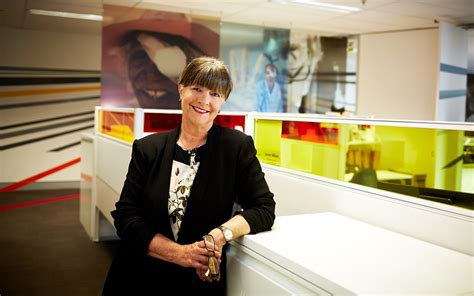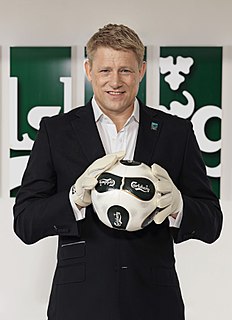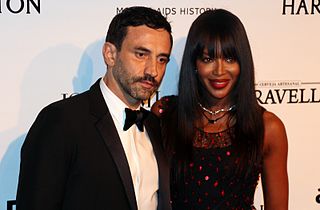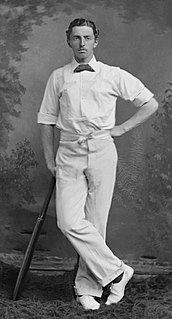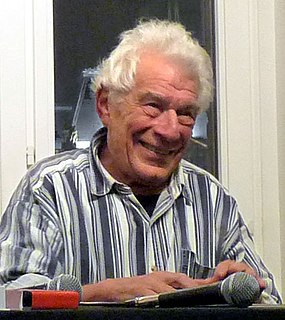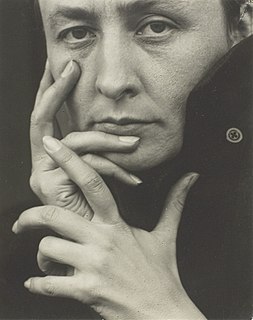A Quote by Gerhard Richter
Based on mixtures of the three primary colours, along with black and white, I come up with a certain number of possible colours and, by multiplying these by two or four, I obtain a definite number of colour fields that I multiply yet again by two, etc. But the complete realization of this project demands a great deal of time and work.
Related Quotes
The first colour charts were unsystematic. They were based directly on commercial colour samples. They were still related to Pop Art. In the canvases that followed, the colours were chosen arbitrarily and drawn by chance. Then, 180 tones were mixed according to a given system and drawn by chance to make four variations of 180 tones. But after that the number 180 seemed too arbitrary to me, so I developed a system based on a number of rigorously defined tones and proportions.
Fred didn't have a favourite colour. He was just pleased that he could see all of the colours in the colour chart. That was his wish for everyone. Fred wanted people to experience the joy of seeing vivid colours - in nature: the greens and browns of the mountains; in their work: the orange, red and black of the back of the retina; and in life.
Turning to the colour-classification methodology: The starting point are the four pure colours red, yellow, green and blue; their in-between shades and scales of brightness result in colour schemes containing 16, 64, 256 and 1,024 shades. More colours would be pointless because it wouldn't be possible to distinguish between them clearly.
I've come up with the three things you never want to hear at your kid's parent/teacher conference. Number one: 'You're only responsible for the first $10,000 worth of damage.' Number two: 'We have medication for this.' And number three: 'It was more than an ounce and he was less than a hundred yards from the school.'
The White Company offers its loyalists an altogether better, whiter world. The White people have edited out any colours that aren't white, off-white, milk chocolate, grey, taupe or black. They can't be doing with Johnnie Boden's cheery Sloane jokes, his spots and stripes, his occasional 'if it's me, it's U' loud colours.

